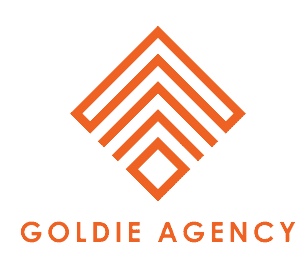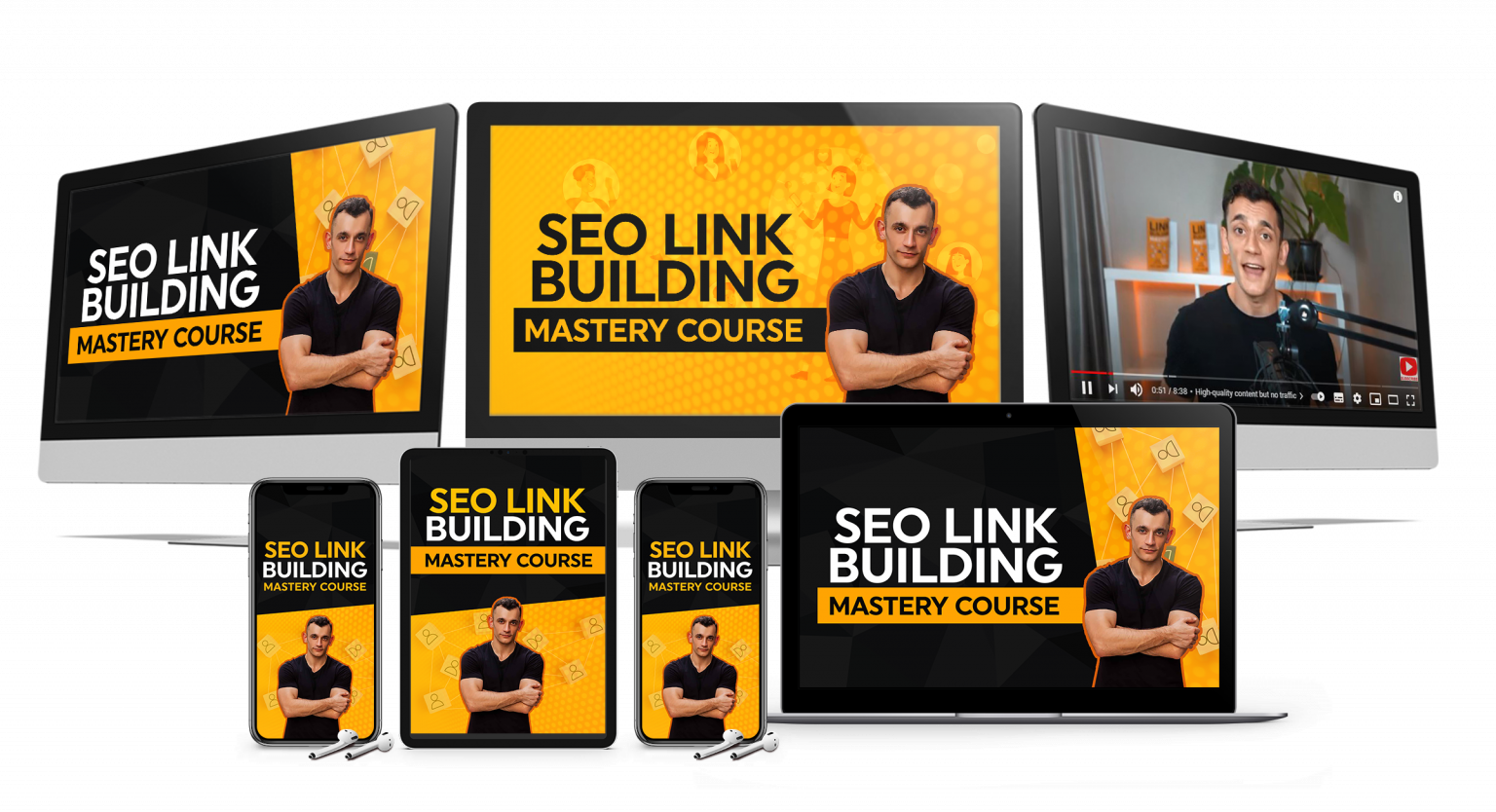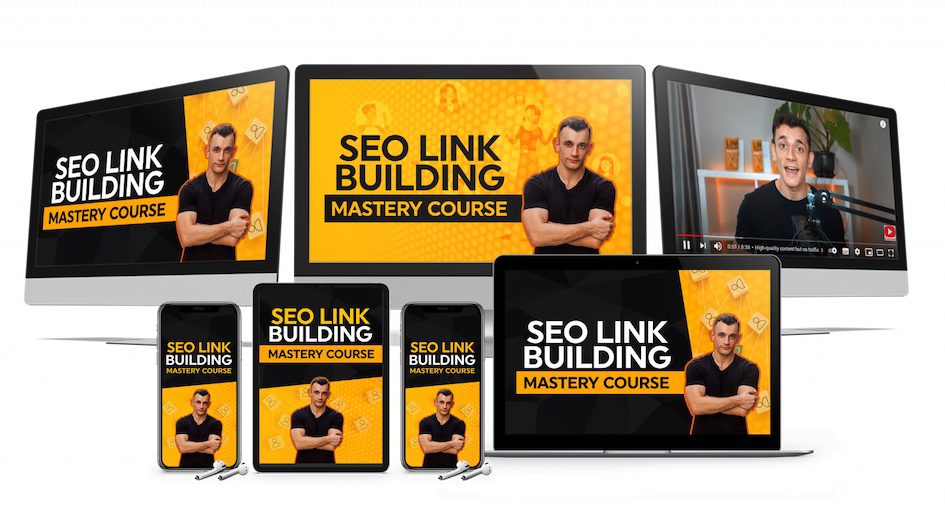This free Google tool just changed everything for SEO content. In this guide, I’ll show you how to transform a few PDFs or Docs into complete ranking videos — scripts, keywords, chapters, and visuals — all powered by NotebookLM. And there’s one hidden trick at the end that ties it all together. Let’s dive in.
This FREE NotebookLM SEO Hack Is INSANE
— Julian Goldie SEO (@JulianGoldieSEO) October 23, 2025
Make money with AI (FREE!) → https://t.co/DvljT1jshd pic.twitter.com/4P5Yv2xkTG
🚀 Join the AI Profit Boardroom
🎯 Book a FREE SEO Strategy Session
👑 Join the SEO Elite Circle
📘 What Is NotebookLM?
NotebookLM is Google’s free AI research assistant that turns any content — PDFs, Google Docs, or blog posts — into actionable outputs like scripts, ideas, and overviews. While most use it for research, we’ll use it to build content that ranks on Google and YouTube.
Let’s walk through the step-by-step system.
⚙️ Step 1 — Prepare Your Files
Start by gathering two or three focused, high-quality sources about your topic. For example, if you’re in the fitness niche, use a “Beginner Fitness Plan” PDF, a “7-Day Home Workout” blog post, and a “Nutrition Basics” Google Doc. Upload them to NotebookLM — that’s it.
NotebookLM works best with quality over quantity. Two or three relevant files keep the results clean, tight, and optimized for your SEO goals.
💡 Step 2 — Summarize the Core Content
Use this setup prompt to create your foundation:
You are my research assistant. I uploaded three sources about a beginner fitness plan. Give me a concise three-paragraph summary that highlights the goal for a four-week plan, seven proven exercise types, and five nutrition dos and don’ts. Use bullet points for the exercises and nutrition tips.
NotebookLM generates a structured summary — your blueprint for the entire SEO workflow that follows.
🔑 Step 3 — Extract SEO Keywords
Next, extract keywords and YouTube titles directly from your content. Here’s the prompt:
Using your summary above, extract 30 SEO keywords and group them by intent — informational, commercial, and navigational. Make them targeted to beginners searching for fitness plans. Mark the top seven as priority keywords. Also suggest six short, clickable YouTube titles using at least one top keyword.
NotebookLM then provides keyword clusters, intent classification, and video titles — all based on your uploaded content, ensuring natural keyword relevance and better search rankings.
🎬 Step 4 — Generate a Video Script
Now it’s time to turn your research into a full video script. Use this prompt:
Using the top seven priority keywords, write a punchy four-minute video script with a seven-second hook, three quick tips in the first minute, one short case example for a 21-year-old beginner, and a 15-second CTA. Include on-screen text cues and six chapter titles for YouTube timestamps.
The result: a complete, engaging, ready-to-film script — optimized for YouTube, short-form videos, or B-roll narration.
🎞️ Step 5 — Create a Video Overview
This is where NotebookLM truly shines. It has a hidden feature called Video Overview that builds narrated slides automatically. Use this prompt:
Create a Video Overview titled “Smart Fitness Plan.” Include Title, Problem, Four-week plan (by week), Seven exercises, Sample meal plan, and CTA. For each slide, write a 20-second narration, suggest visuals, and list three royalty-free image keywords.
It generates a narrated slideshow with visuals and B-roll cues. You can export it or reuse slides across shorts and tutorials — all without filming a thing.
📊 Step 6 — Optimize for YouTube SEO
Now, let’s make your video discoverable. Use this metadata prompt:
From the video script and top keywords, write a 100-character clickworthy title, a 150-word YouTube description (use three keywords in the first 50 words), 15 comma-separated tags, and six timestamp chapter lines. Add a CTA to the pinned comment where NotebookLM links appear.
NotebookLM outputs optimized titles, descriptions, tags, and timestamps — ready to paste into YouTube Studio. Every element supports your target keywords for ranking and retention.
📱 Step 7 — Repurpose for Shorts and Social Media
Expand reach across platforms with this repurposing prompt:
Create three 60-second short scripts — each with an opening hook, three quick facts, and a closing CTA. Then write six one-line Instagram and X (Twitter) captions using a priority keyword and one emoji each.
Now you’ve got short-form videos, captions, and posts ready to distribute. Each format amplifies your main video and creates an ecosystem of SEO traffic.
🧠 Step 8 — Advanced SEO Hack (People Also Ask)
This final step adds powerful long-tail visibility. Use this prompt:
Produce a cleaned video transcript and extract the top 10 “People Also Ask” style questions with one-sentence answers for pinned comments and video descriptions.
This automatically generates question-answer pairs that boost search rankings. You’ll dominate “People Also Ask” boxes and increase video discoverability.
📈 Why This Works
NotebookLM connects content structure with SEO automation. Every prompt compounds your ranking potential — keywords, metadata, captions, and Q&A all reinforce authority around your niche. The more videos you publish this way, the faster you’ll rank.
🔥 Scale With AI Systems
If you want to scale this further, our team can help. We’re offering Free SEO Strategy Sessions to map out automation systems tailored for your business.
🎯 Book Your Free Strategy Session
🏁 Final Thoughts
NotebookLM is more than a note-taker — it’s an SEO content engine. With eight structured steps, you can turn static files into complete videos and ranking content in under an hour. The system writes, optimizes, and automates your workflow so you can scale faster with less effort.
👑 Join SEO Elite Circle — Rank #1. Scale faster. Master AI SEO.
🚀 Join the AI Profit Boardroom — Build systems that grow while you sleep.
The future of ranking content is here — powered by NotebookLM and AI.





